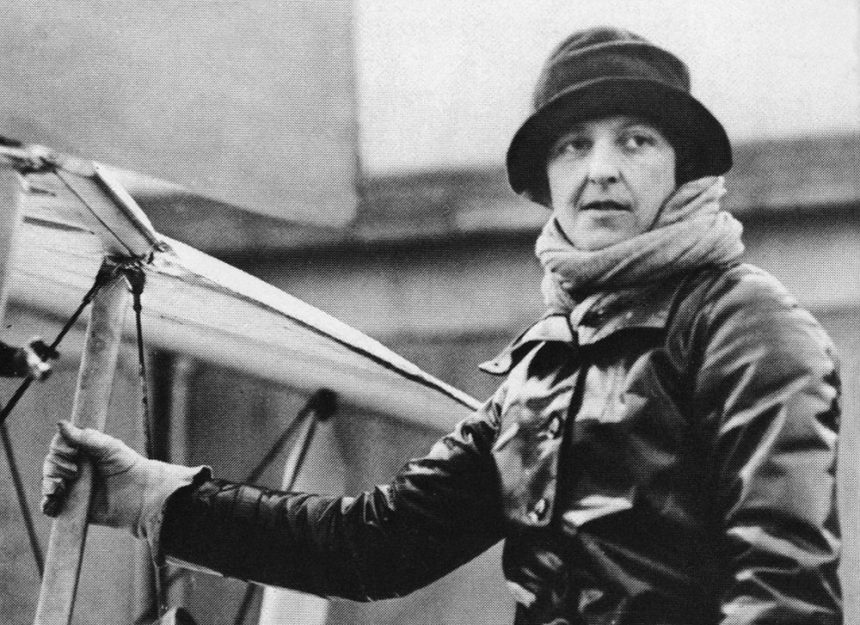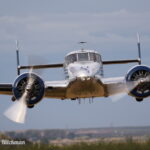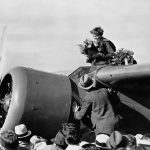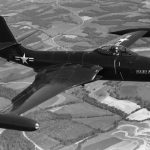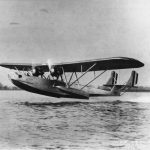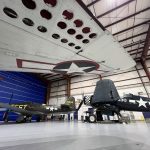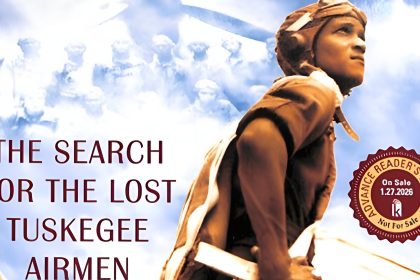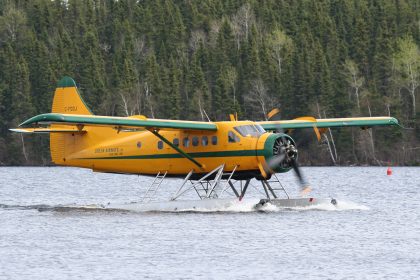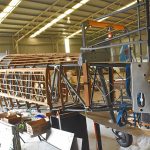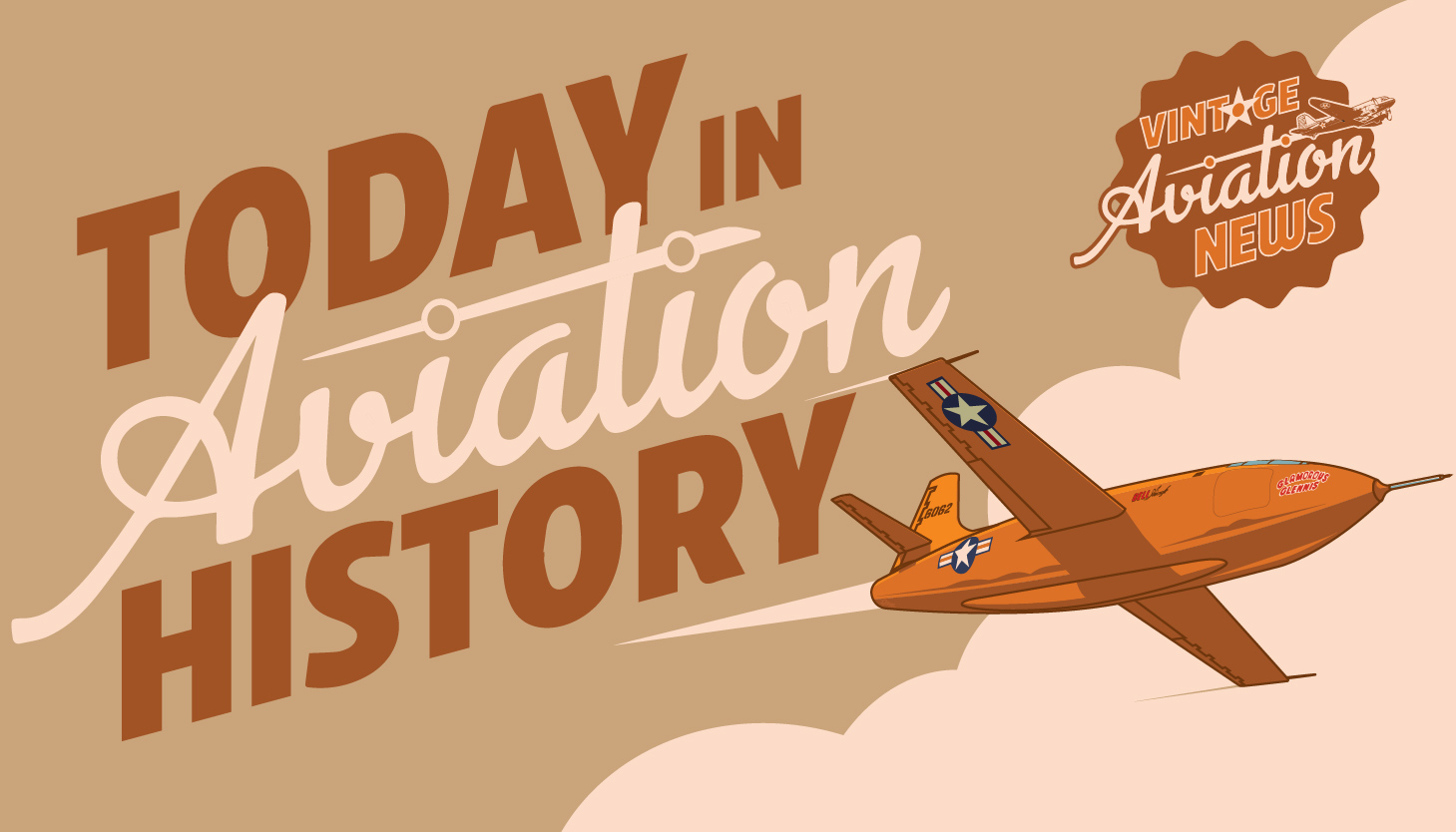
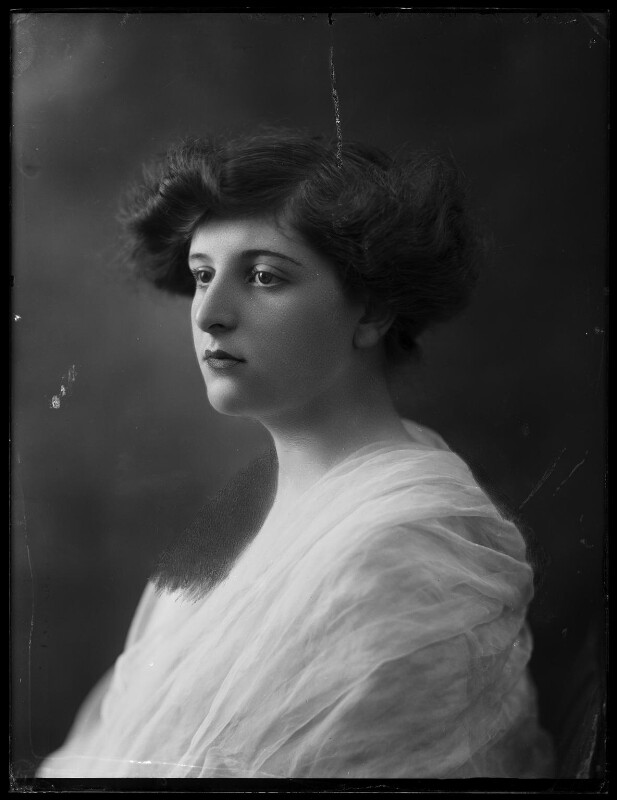
Born Mary Westenra on December 1, 1890, as the daughter of Derrick Westenra, 5th Baron Rossmore, in County Monaghan, Ireland, the young Mary developed a love of cars and motorcycles, even before she married Sir Abe Bailey, a South African mining tycoon and politician and former cricketer at the age of 20. During the First World War, Mary volunteered for the Women’s Army Auxiliary Corps, and was sent to France to serve as a driver and mechanic attached to the Royal Flying Corps. After the war, Mary and Abe went on to have five children in addition to the two children Abe had had with his late first wife, Caroline Paddon.
Wanting more from life than being a wealthy mother, expected by the society of her day to be a hostess, Lady Bailey took interest in flying. She was instructed by fellow aristocratic Irishwoman Sophie Peirce-Evans (later Mary, Lady Heath) in 1926 at Stag Lane Aerodrome, London, and earned her pilots license in January 1927, soon becoming a member of the Royal Aero Club. That year she began her remarkable career as a record-setting aviator, flying from Chester, England to Dublin, Ireland to become the first woman to fly solo across the Irish Sea, setting a new world altitude record of 17,283 ft (5,268 m) in the two-seater light aircraft category, flying a de Havilland DH.60 Moth equipped with a Cirrus II air-cooled four cylinder inline engine, along with Louise de Havilland, the wife of aircraft designer Geoffrey de Havilland, as her passenger, competed in the King’s Cup air races, and won the Harmon Trophy for Outstanding Aviatrix (she would later win the Harmon Trophy for a second time the following year).
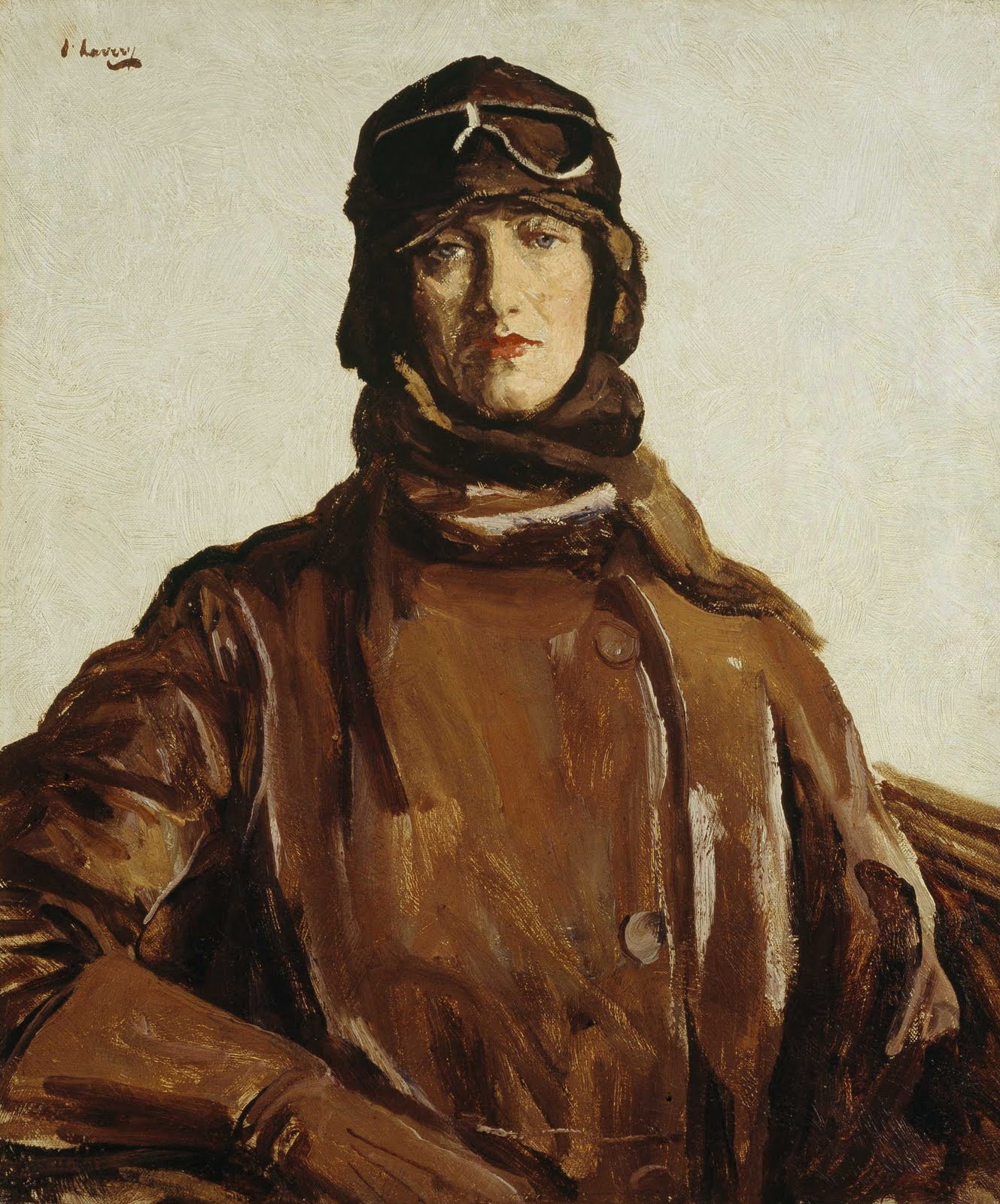
In 1928, Lady Bailey’s flight instructor, Sophie Peirce-Evans, who was now Mary, Lady Heath, began the first solo flight from London to Cape Town, South Africa, leaving London’s Croydon Aerodrome in January. But as she left London for Cape Town, Lady Heath had inspired Lady Bailey to make her own flight from London to Cape Town. She purchased a De Havilland DH.60X Cirrus II Moth, registration G-EBSF (construction number 415), and added an extra fuel tank in the forward cockpit to extend her range, and as Lady Heath was well on her way, Lady Bailey would leave Corydon on her flight.
On March 9, 1928, Lady Bailey departed from Croydon Aerodrome, London, England on her epic flight, which would prove to be quite arduous. Battling gale force winds, followed by fog in her open cockpit, two-place DH.60 Moth, she crossed the English Channel, and after landing near the French commune of Sacy-le-Petit to get directions, she landed at Le Bourget Airport in Paris during a snowstorm. She made further stops in Lyon, France, across the Gulf of Genoa to Pisa, Italy, landed at Tripoli in Italian-controlled Libya after crossing the Mediterranean, then flew to Cairo, Egypt. In Cairo, however, government officials barred her from continuing her flight, and placing armed guards around her plane until a British lieutenant agreed to escort her. On March 28, she landed in Luxor, Egypt, having followed the Nile River from Cairo.
Her flight came to another hurdle on April 10, 1928. While landing at Tabora, Tanganyika (now in modern day Tanzania), G-EBSF flipped onto its back, breaking a wing spar and damaging the fuselage, rendering it unable to continue the flight. On receiving news of his wife’s troubles, Sir Abe Bailey, who had been funding Lady Bailey’s endeavors, purchased another DH.60X Cirrus II Moth, G-UAAL (c/n 502), from the Johannesburg Light Plane Club, and Major Henry Meintjes, a World War I flying ace of the South African Air Force, ferried G-UAAL to Tabora on April 19, while G-EBSF was shipped by rail to South Africa. Lady Bailey thus continued her flight on April 21, flying to Broken Hill, Northern Rhodesia (now Kabwe, the capital of Zambia). Unfortunately, she had taken ill with influenza and had to rest for four days before continuing the flight to Livingstone, also in modern-day Zambia, Bulawayo, Southern Rhodesia (modern-day Zimbabwe), and at last to Cape Town on April 30, 1928, beating Lady Heath to Cape Town by a month, and thus becoming the first woman to fly from London to Cape Town.
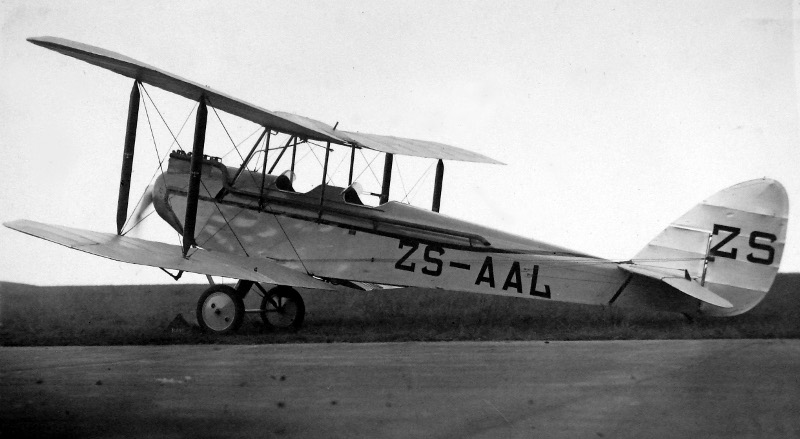
Association of South Africa)
It was most certainly a momentous flight, covering over 8,000 miles, but despite the travails she went through, Lady Bailey said of her flight, “Anybody who can drive an auto could do it. My flight was long but uneventful, and not extraordinarily difficult. In fact, my only difficulty was when my machine was locked up in Cairo.” Most would sympathize with her if she chose to return to England along the more established modes of travel such as by ship, but Lady Bailey was determined to return home by air. By this point, Lady Bailey had acquired a new DH.60, G-EBTG (c/n 469) from Commander Lionel Mansfield Robinson of Nairobi, Kenya to replace G-EBSF, while G-UAAL had been sold back to the Johannesburg Light Plane Club after Lady Bailey’s flight.
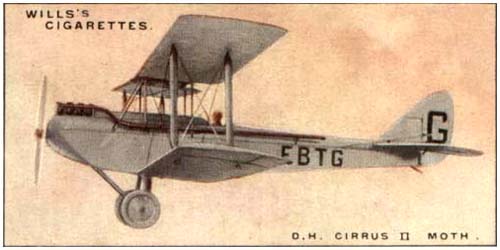
Upon installing the extra fuel tank, Lady Bailey left Cape Town on September 20, 1928, intending this time to fly along the western half of Africa. She made her way across the Belgian Congo, a stop in Dakar, French West Africa (now Senegal), and flew across the Sahara Desert to Casablanca, Morocco. In addition to flying over remote jungles and sweltering deserts, she also had to face colonial customs officials who delayed her travel through paperwork and in their belief that she would not make it. But make it she did, for after departing Casablanca, Lady Bailey returned to Europe and landed at Croydon Aerodrome on January 16, 1929, becoming the first woman to make a solo round trip from London to Cape Town and back.

Though Lady Bailey herself was incredibly modest about her feat, her return was met with praise in the newspapers, and accolades for her. In 1929, the Royal Aero Club presented Lady Bailey with the Britannia Trophy for her return flight from Cape Town to London.
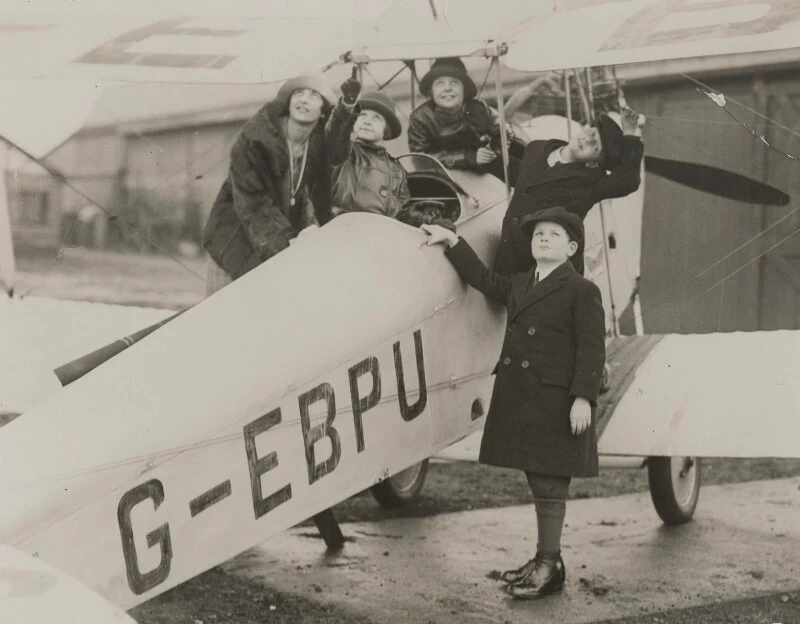
Following subsequent flights and achievements in the air, Lady Bailey was appointed Dame Commander of the Order of the British Empire (DBE) in 1930, becoming Mary Bailey, DBE. That same year, she held a seat on the Women’s Engineering Society Council, and in 1931, Lady Bailey became the first woman in the United Kingdom to obtain a Certificate for Blind Flying.
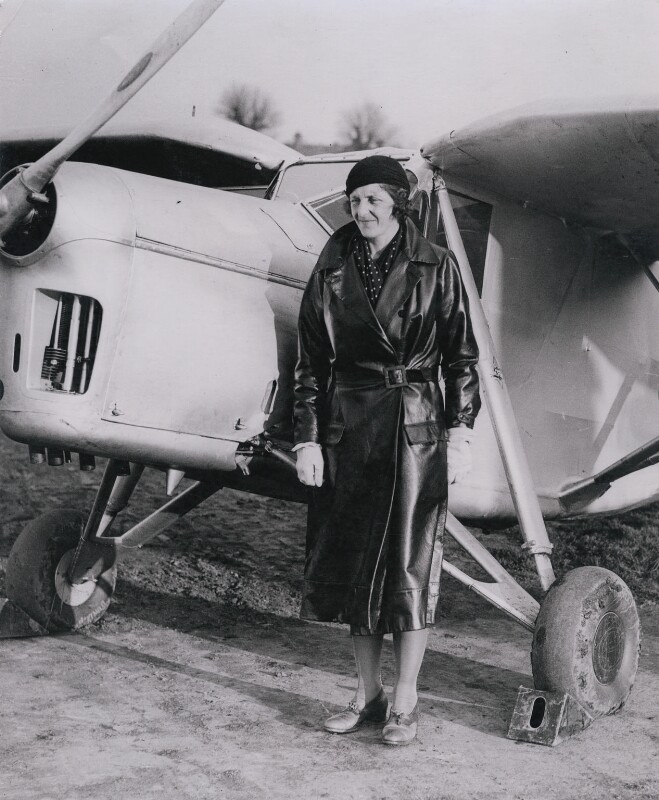
With the start of WWII, Lady Bailey returned to military service, becoming a Section Officer of the Women’s Auxiliary Air Force, and her sons Derrick and James R.A. Bailey served as fighter pilots in the RAF.
After WWII, Mary Bailey lived in England and South Africa until her death on August 29, 1960, at the age of 69 in Kenilworth, Cape Town, South Africa. Today, her legacy remains as a pioneering aviator, perhaps not as well known among other British aviation figures of the 1920s and 1930s such as Amy Johnson, but it was no small feat for her to make the round-trip journey of over 18,000 miles in an open cockpit biplane with an output of around 80 hp, and the speeds and levels of comfort experienced regularly by modern day travelers flying between these two influential cities of Africa and Europe would have been extraordinary for Lady Bailey.
Today in Aviation History is a series highlighting the achievements, innovations, and milestones that have shaped the skies. All the previous anniversaries are available HERE







